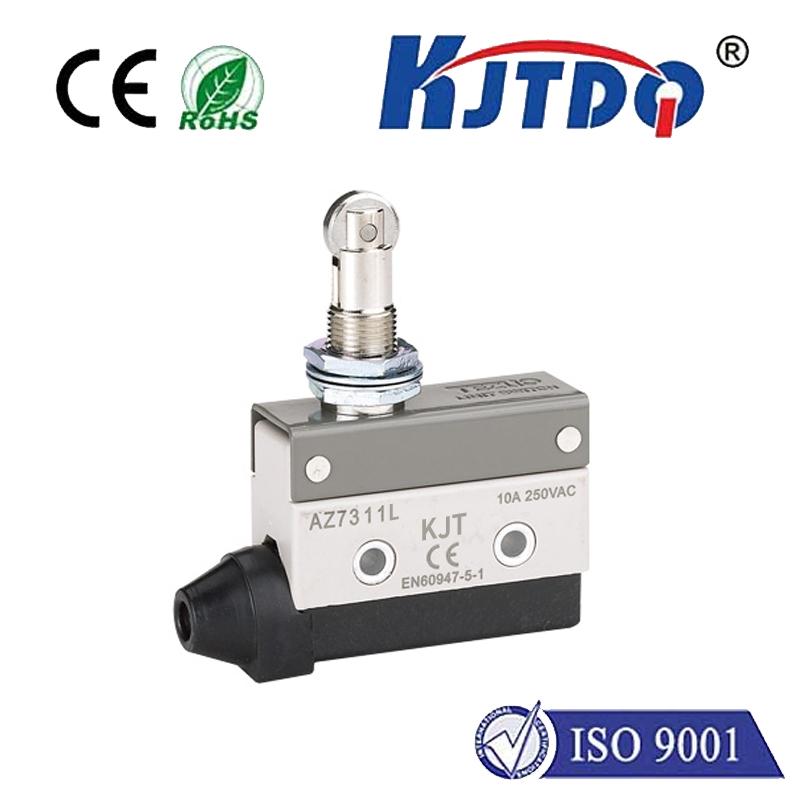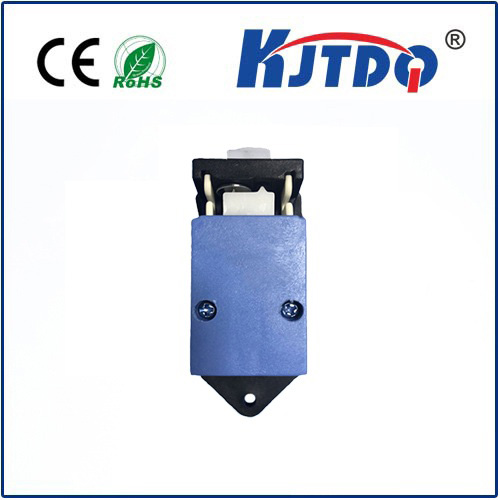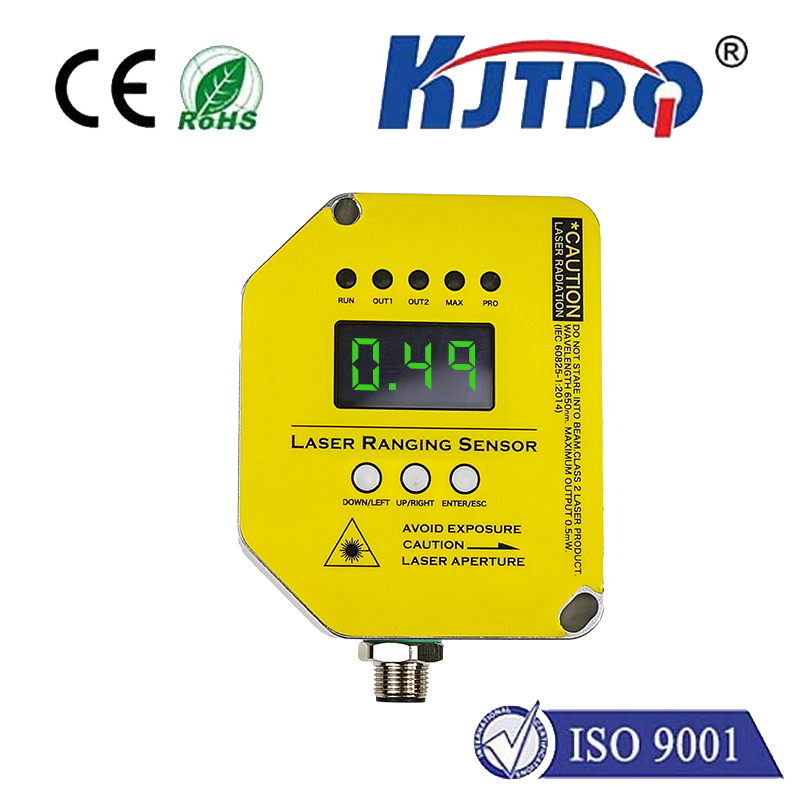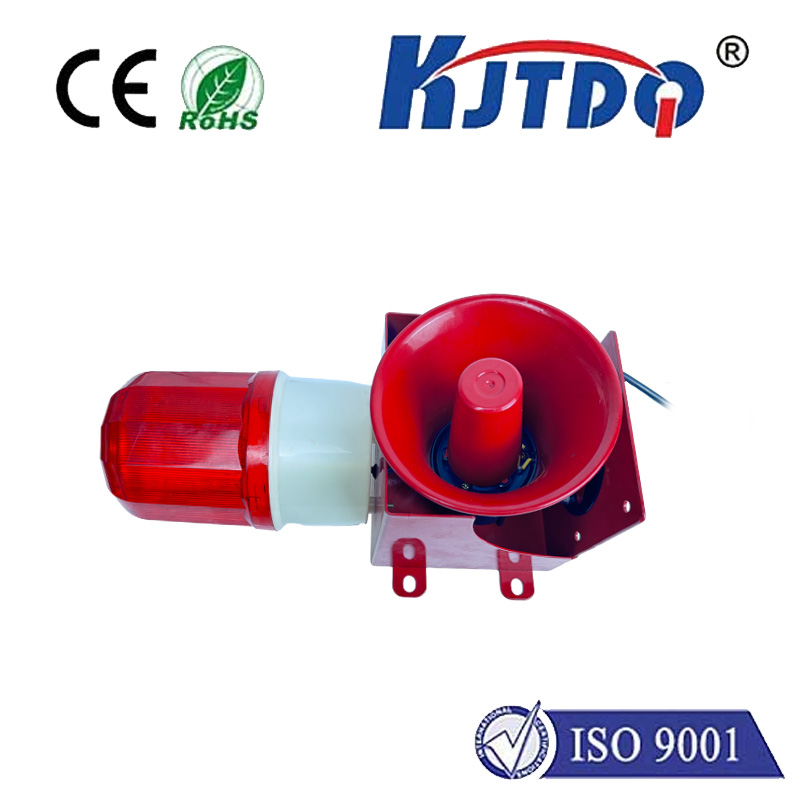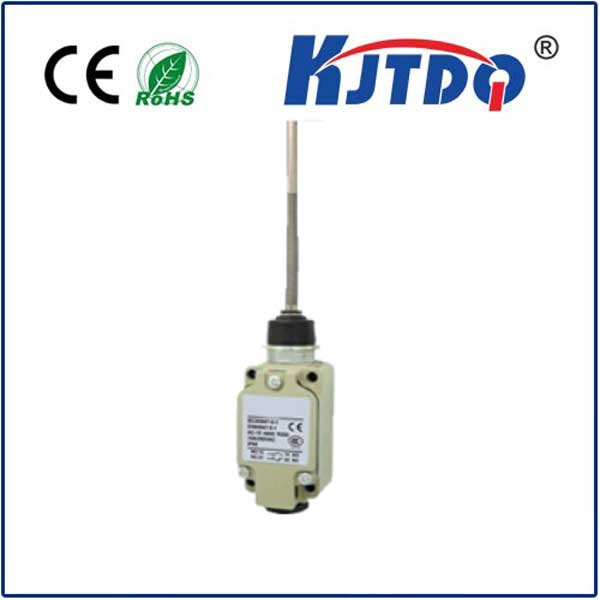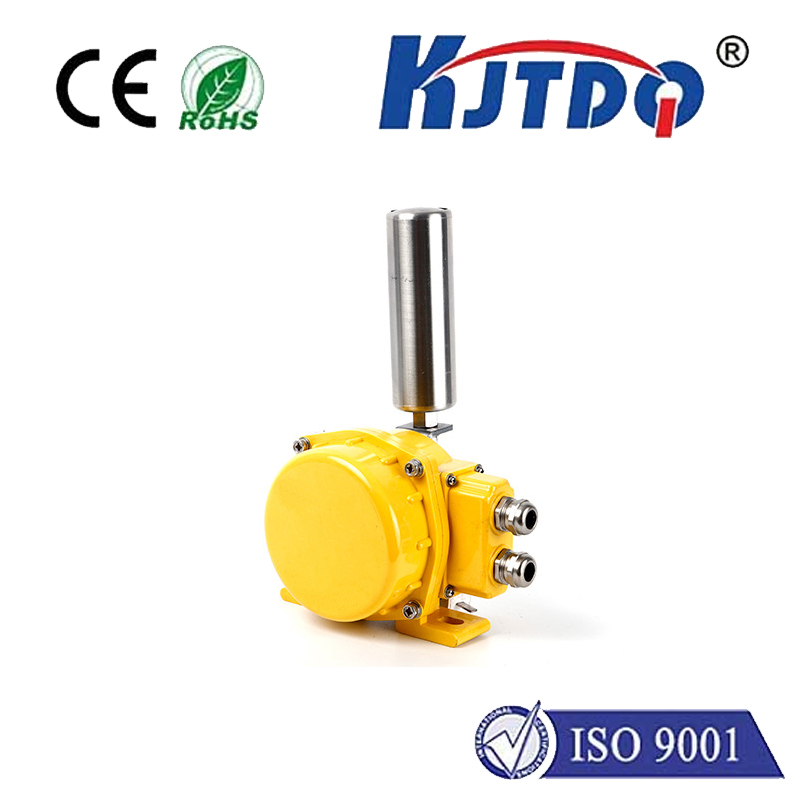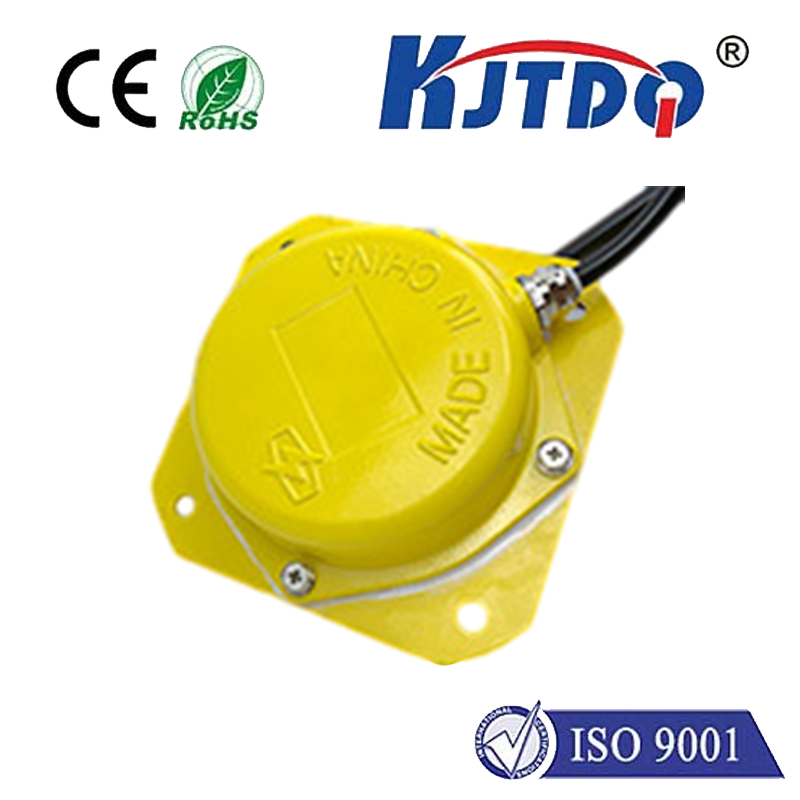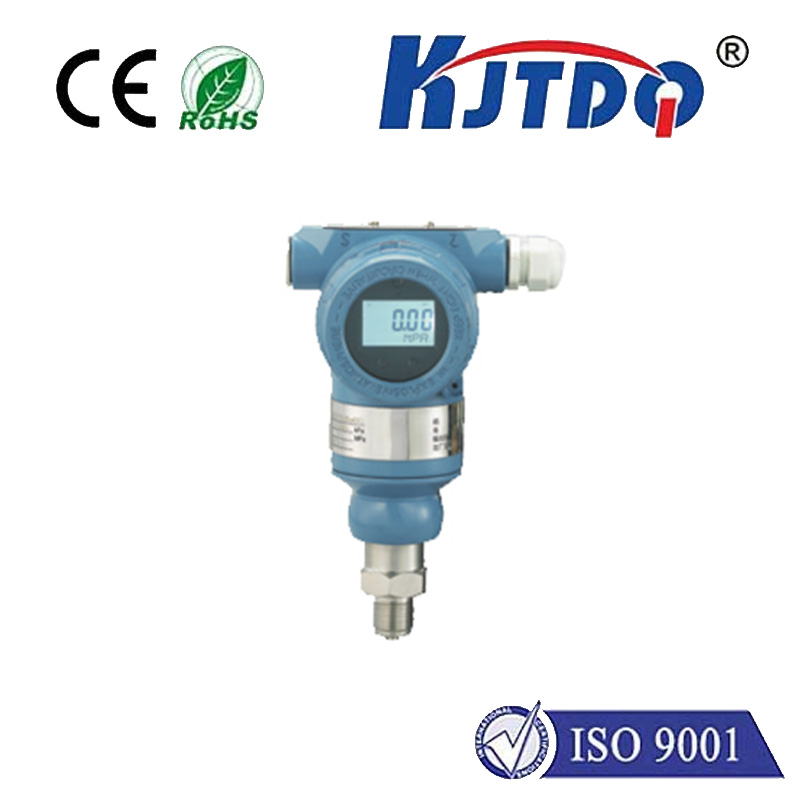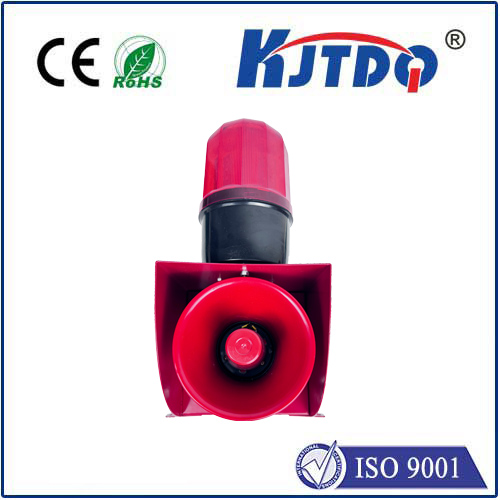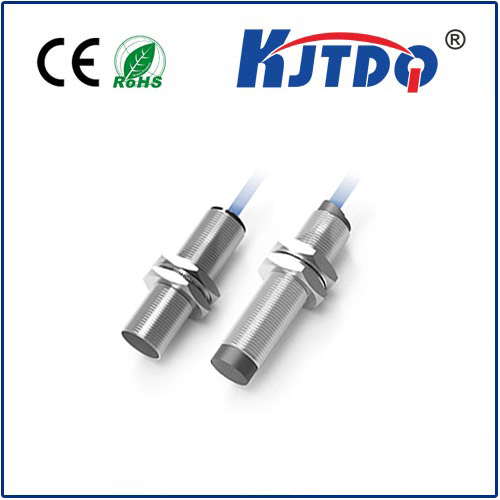
check

check

check

check
Title: Unlocking the Power of Waterproof Limit Switch Technology
In today's ever-evolving world of industrial automation and robotics, the demand for reliable and durable control mechanisms has never been greater. One such technology that has gained significant momentum in recent years is the waterproof limit switch. By utilizing this cutting-edge device, manufacturers can improve the performance and longevity of their machines, ultimately leading to increased efficiency and cost savings. In this article, we will delve into the various aspects of waterproof limit switches, including their functionality, applications, and benefits.
Waterproof Limit Switches: A Comprehensive Overview
A waterproof limit switch is a type of electrical switch that can operate in潮湿 or wet environments without any issues. These switches are designed to withstand exposure to water, making them an ideal solution for a wide range of industrial applications, including machinery, water treatment plants, and hydraulic systems. The primary function of a waterproof limit switch is to detect the opening or closing of a mechanism, such as a gearbox or valve, and provide an electrical signal to the control system. This signal can be used to trigger a variety of actions, such as stopping the machine, adjusting its position, or starting it up again.
Functionality and Applications
The functionality of a waterproof limit switch is determined by its design and construction. Typically, these switches consist of a contact arm that extends from the switch body when the mechanism is open and retracts when it is closed. The contact arm is typically made of materials that are resistant to moisture, such as stainless steel or ceramic. Some waterproof limit switches may also include built-in mechanical or electrical components, such as reed switches or microswitches, to enhance their functionality.
The applications of waterproof limit switches are widespread and diverse. In the industrial sector, they are commonly used in equipment such as conveyor systems, cranes, and excavators. They can also be found in water treatment plants, where they are used to monitor and control processes such as filtration and disinfection. In the automotive industry, waterproof limit switches are employed in brake systems and steering mechanisms. Additionally, they have potential applications in agriculture, mining, and military sectors.
Benefits and Advantages
There are numerous benefits and advantages associated with using waterproof limit switches. Perhaps the most significant benefit is their ability to operate in harsh environmental conditions without compromising performance or reliability. This makes them an excellent choice for use in high-stress or hazardous situations where traditional mechanical or electronic switches may fail. By providing accurate and reliable feedback on the status of the mechanism, waterproof limit switches help ensure the safe and efficient operation of machines.
Another advantage of waterproof limit switches is their cost-effectiveness. By incorporating this technology into their designs, manufacturers can reduce the need for costly backup systems or alternative components. This not only saves time and money but also helps minimize downtime and increase production efficiency. Furthermore, waterproof limit switches can often be customized to meet specific application requirements, allowing manufacturers to optimize their machines for maximum performance.
In conclusion, waterproof limit switches are a powerful tool for enhancing the functionality and longevity of industrial machines. With their ability to operate in harsh environments and provide accurate feedback on the status of the mechanism, these switches offer numerous benefits and advantages to manufacturers and operators alike. As technology continues to advance, we can expect to see even more innovative applications for waterproof limit switches in a variety of industries
